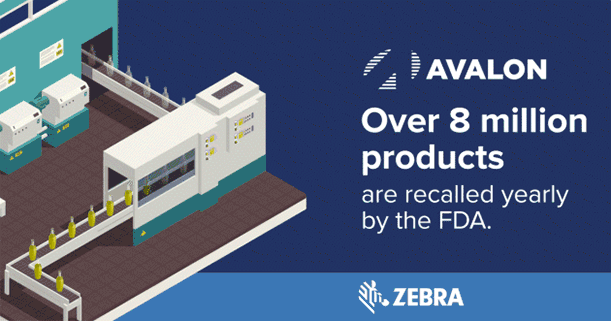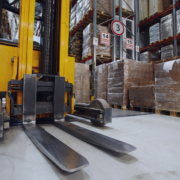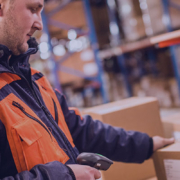In a span of a decade, the Food and Drug Administration (FDA) along with the Food Safety and Inspection Service (FSIS) have reported a 125% increase in food recalls. In 2020, the FSIS recorded a total of 1,394,585 pounds of recalled products, pulled from markets due to pathogens, allergens, presence of extraneous materials, and import violations. Studies show that grievous tracking and traceability gaps have been responsible for:
- 47% of recalls stemming from microbiological contamination
- $3.7 billion spent in medical treatments for salmonella
- Nearly 8.5 million food units recalled yearly by the FDA
- 601,969 pounds of recalled chicken in 2020 alone
While these numbers are ominous, one of the primary reasons behind the increase in recalls are traceability technology and new safety regulations. Real-time tracking and labeling systems now provide easier verification of compliance codes in food safety. That means manufacturers can target and catch more mistakes than before with the help of new intelligent tools and better safety parameters set by the FDA, FSIS, and CDC. However, while timely recalls can prevent pathogen outbreaks, they quickly erode consumer trust. An estimated 80% of consumers do not completely trust brands to ensure safety, and over a third report avoiding businesses associated with food-borne illnesses for many months. Therefore, visibility systems must prioritize early detection to keep compromised products from leaving facilities in the first place.
The key to establish real-time alerts based on actionable data
Less communication gaps empowers teams with a clear overview of how products are handled, packaged, stored, and moved. Labeling systems paired with handheld scanners and mobile computers can help eliminate gaps by transcribing data from each step into a centralized shareable database. On the other hand, new rugged tablets like Zebra’s ET80/85 2-in-1 tablets emphasize the power of agile adaptability in securing food safety by:
- Providing a lightweight consolidated computer and scanner – Despite having an integrated scanner and higher durability standards, the ET80/85 is 20% lighter and 35% thinner for easy portability. Its larger screen size permits workers to monitor products at-a-glance when operating forklifts or other heavy machinery.
- Facilitating data entry with a detachable keyboard – Keep workflows standardized with a device that adapts to preferred data entry mechanisms for administrators and production teams alike. Detachable keyboards and universal mounting options allow the ET80/85 to fit into different work environments, simplifying training and accelerating deployment.
- Reducing connection drops through flexible connectivity options – Leveraging several connectivity options such as WiFi 6E, 4G/5G, and Bluetooth, the ET80/85 prevents downtime and breakdowns from signal drops within the four walls, keeping your vital data constantly available to your workforce. This also means workers can update WIPs, notifications, and compliance codes in real-time for entire teams to track.
- Deploying seamless push-to-talk and secured texting – Lastly, Zebra’s Workforce Connect empowers manufacturers with real-time communication between individual workers and entire groups, all streamlined through one platform. Moreover, connectivity can extend beyond the four walls, allowing transportation teams and retailers to verify shipments are ready for sale.
To efficiently start securing real-time workflow visibility, begin with a comprehensive operational assessment to target recurring points of communication breakdowns. Contact Avalon to start your assessment today and learn more about the next generation of technologies devoted to dependable food safety.











